This issue talks about Steve Hannagan’s move to Indianapolis and how Dot Rice, his Lafayette girlfriend, facilitated the move. Steve Hannagan was born on Bloody Plank Road in Lafayette, Indiana in the Irish Ghetto. As a young lad in high school, he was the City and Sports Editor for the Lafayette Journal & Courier, the local newspaper. While working for the paper he parlayed his sports writing at the Lafayette Courier & Journal into a stringer job for the Indianapolis Star. His articles covered the high school scene around Lafayette and Purdue’s games within the state. Three articles about Purdue’s teams during World War I surfaced during a search of the Indianapolis Star. In one article in April of 1918, he reported that the military draft during World War I was depleting the major teams. He set a patriotic tone as he reported that
“… Athletes have been dropping out of school to fight for Uncle Sam and to help make the world safe for democracy. Immediately after war was declared the athletes – the cream of the youth of the land – responded in groups [.]… One sees them marching away with manly stride, set jaws, denoting that same determination that makes them a success in athletics-and life.”i
In an October 13th, 1918 article, Steve reported that “Purdue in Same Boat as Others; Unable to Play.”ii The football teams schedule was disrupted when the football team, who had joined the army but remained at Purdue, could not leave military training for more than half-a-day. The half day rule meant that the team did not have enough time to travel to away games. As a result, Purdue could not travel to away games and many home games were cancelled because traveling teams could not field a full team.
A week later, Hannagan reported that the 1918 influenza pandemic forced the cancellation of classes through October at Purdue. Even though classes were canceled, the football team remained at school to practice. Apparently the possibility of resuming play later that semester was more important than the health of team.
Steve continued his stringer assignments for the Star after he was hired by an Indianapolis public relations firm. The stringer assignments brought in extra cash and kept his hand in journalism which he loved. Later to Steve’s chagrin, he was told that while journalism may be his first love; he was not a very good writer.
Steve Learns to Count
Early in Steve’s life, he learned a valuable lesson about money from a cobbler. Steve needed two tacks replaced in a pair of shoes and took them to the family’s cobbler. Like many a naïve boy, he thought cobblers, bakers, and others small tradesmen did their work for free. Somehow his mother would be given a doughnut at the bakers and he never noticed that money exchanged hands. When he returned to the cobbler for his shoes and was leaving without paying, the cobbler called him back and said “I want to tell you something [young man] don’t ever do anything for anybody unless you get paid for it. Now, give me a nickel”.iii Later on when Steve had made his mark, he said that he lived by the old cobbler’s rule.iv This rule would hold him good stead when he promoted an auto thrill show on the edge of Lafayette.
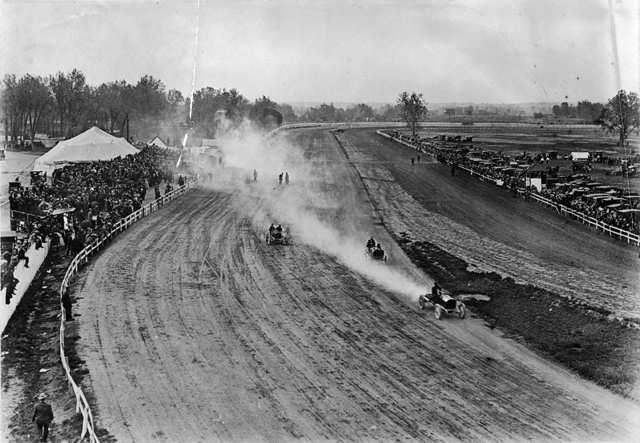
Picture of Barnstorming Challenge Racev
The “Old Professor” Bill McCarney and Bill Pickens staged barnstorming auto shows in small towns throughout the mid-west. McCarney was an impresario of the track and Pickens was from the P.T. Barnum School of press agency, where a sucker is born every minute. The first sucker that they found was Steve promising him a cut of the ticket sales to promote the shows.
McCarney who ran publicity for the team was ill and Pickens was too busy to do publicity and set-up the show. Hannagan was recommended even though he appeared to be wet behind the ears. Pickens thought that Steve’s enthusiasm would help build a crowd, and maybe they could bamboozle him, when it came time to parcel out the cash. They discovered that Steve though maybe new to the scene of barnstorming race events was not a fool. .
McCarney and Pickens’ other goal was to lighten the pockets of the rubes who came to see daredevil jumps, flying car wrecks, two-wheel races, and races challenging the locals to beat the shows drivers. Most of the challengers left the track without their cars because they lay in a heap on the racecourse.
When it came time to split the ticket sales, Steve was there with his news clippings to show the work that he had done to sell people on coming to the show. Pickens could care less about clippings now that the race was over, and it was time to pack and head to the next town. As Steve said, he learned that his clippings were worthless, and he was the one clipped. He went over to Pickens, and told him. “On our next job I’ll count the tickets”vi. Pickens response was, “Son, if you’ve learned that [lesson] this early, you’re coming along fast”.vii
Steve’s Swan Song at the Journal & Courier
When Steve left Lafayette, the Lafayette Journal & Courier reported that he taking a job at the Russel Seeds Advertising Agency in Indianapolis. Russel Seeds ran a well-respected advertising firm in Indianapolis. The news column reported that Steve was the top newspaper man in Indiana and said that no one knew more than Steve Hannagan about running “every phase” of a newspaper.”viii Even though the article is not by-lined, it is obvious that Steve probably wrote it as the City Editor.
When Steve moved to Indianapolis, he did not immediately take the Russell Seeds position. Even though Steve could make substantially more money at Seeds than in the news business, he wanted to continue to be a reporter. He saw reporting not advertising as his route to success. Steve believed that his credentials as a stringer for the Indianapolis Star and as City Editor of the Journal & Courier established his bona fides for a full-time position with the Star.ix
Nevertheless, Steve did not leave his fate with the Star to chance; he asked his friend Tom Johnston, the Director of Publicity at Purdue and a former editor for the Star, to set-up a meeting with an editor at the paper. Tom came through for Steve with a letter of introduction to Ralston Read, the Sport’s Editor at the Star,x While Steve pursued the Star connections, he kept Dot’s offer in the back of his mind.
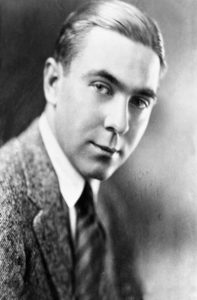 Steve Prepares for Indianapolis
Steve Prepares for Indianapolis
When Steve arrived in Indianapolis, he immediately had a professional photographer take a business picture of him (Adjacent picture of Steve Hannagan,xi). Steve’s picture clearly states that he was not a rube, nor an untutored Irish kid from Bloody Plank Road, but rather a young man ready to make his way in the big city. (The photograph is in the archives of the Indianapolis Motor Speedway.)
Steve Arrives in Indianapolis
Steve’s first meeting with the Star editor recommended by Tom Johnson, mirrored his brash style with the President of the Lafayette Journal & Courier. As Steve remembered it, he demanded $30 a week because he was a City Editor and not just rube from a small town. The paper hired him at the rate that he demanded.
Several weeks later, after a good review by editor, Steve said he deserved a $5 a week raise or he would quit. Steve got his raise and a lesson. The editor told Steve, “You are too lippy. … I could have given you $35 a week when I hired you, but you shot off your mouth and demanded $30.”xii Steve learned nothing about humility from the dressing down. However, Steve told his friends that what he did learn was to never underestimate his value. It was unlikely that Steve would undervalue himself with his view of his own worth and his belief in his own destiny.
While Steve was pushing his way into the Indianapolis scene, he lived at the downtown YMCA. Steve never owned a permanent residence; a homestead was not what he wanted. He usually lived in a hotel room as his income went up the quality of the room improved. His only requisites remained the same: a place to lay his hat, spread out his work papers, and a flat surface to type press releases.
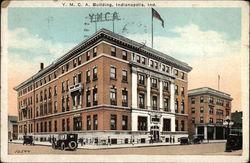
The YMCA in Indianapolis xiii
The Indianapolis Star
The Star was published downtown among the local watering holes favored by reporters. Among outsiders, Indianapolis was a prairie town where nothing happened and the good folk went to church and otherwise lived a life of drudgery. However, as we will see with another part of Steve’s story, Indianapolis was more than “Naptown”, as it was nicknamed by people passing through to somewhere else. Under the surface the city was a hot mix of Germans, Italians, Irish, African-Americans, and whoever was cast on the banks of the White River passing through the center of the city.
While working at the Star, Hannagan did not hang out in his YMCA room reading the bible or taking correspondence courses. He frequented nearby saloons gravitating to the money men. There he met the owners of the Indianapolis Motor Speedway and the owners of major car makers like Stutz, Marmon, Empire, Duesenberg, and National.
Steve’s new monied friends opened his eyes that they needed someone who knew the ins and outs of the newspaper business to promote their products. This insight meant that he could make more money being a press agent than working as a lowly reporter. Money and lots of it is what Steve wanted more than anything else. It was a simple yardstick to measure his success. At this moment, he was ready to take advantage of his beloved Dot Rice’s offer to introduce him to her uncle at Russel Seeds. Steve was edging away from direct involvement in the news business.
ENDNOTE
i� Hannagan, Steve (April 14, 1918);” Purdue Sports Are Hit by War” Indianapolis Star; Proquest Historical Newspapers: Indianapolis Star (1903-1922); p. A3.
ii� Hannagan, Steve (October 13, 1918); ” Purdue in Same Boat as Others; Unable to Play” Indianapolis Star; Proquest Historical Newspapers: Indianapolis Star (1903-1922); p. A4.
iii� Ross, Edward Ellis; Hannagan Research Document; source: New York University Archives; p. 22.
iv� Ross, Edward Ellis; Hannagan Research Document; source: New York University Archives; p. 22.
vi� Ross, Edward Ellis; Hannagan Research Document; source: New York University Archives; p. 34.
vii� Ross, Edward Ellis; Hannagan Research Document; source: New York University Archives; p. 34.
viii� “Resigns Work As City Editor” (circa 1920); Lafayette Journal & Courier
ix� Ross, Edward Ellis; Hannagan Research Document; source: New York University Archives; pp. 24 and 25.
x� Ross, Edward Ellis; Hannagan Research Document; source: New York University Archives; pp. 24 and 25.
xi� Photograph of Steve Hannagan; taken approximately 1923; Indianapolis Motor Speedway.
xii� Ross, Edward Ellis; Hannagan Research Document; source: New York University Archives; p. 35.
xiv� Photograph of Steve Hannagan (January 1950); Image 50712327 Photo Lofman/Pix Inc. /Time Life Pictures/Getty Images.
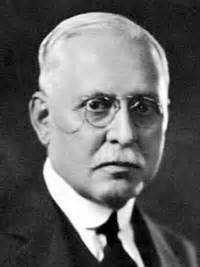
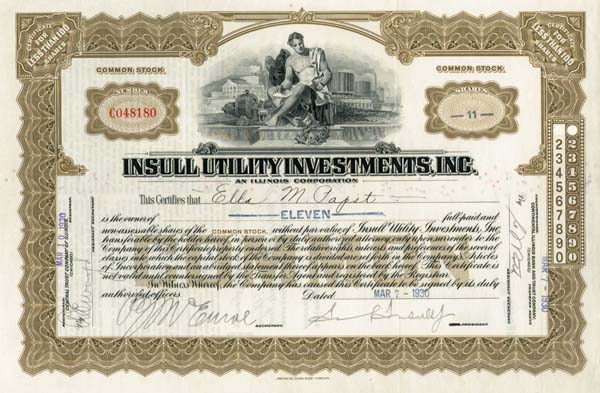
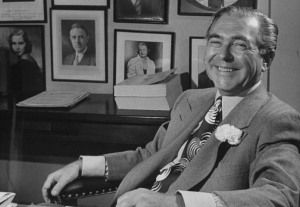

 Steve Prepares for Indianapolis
Steve Prepares for Indianapolis